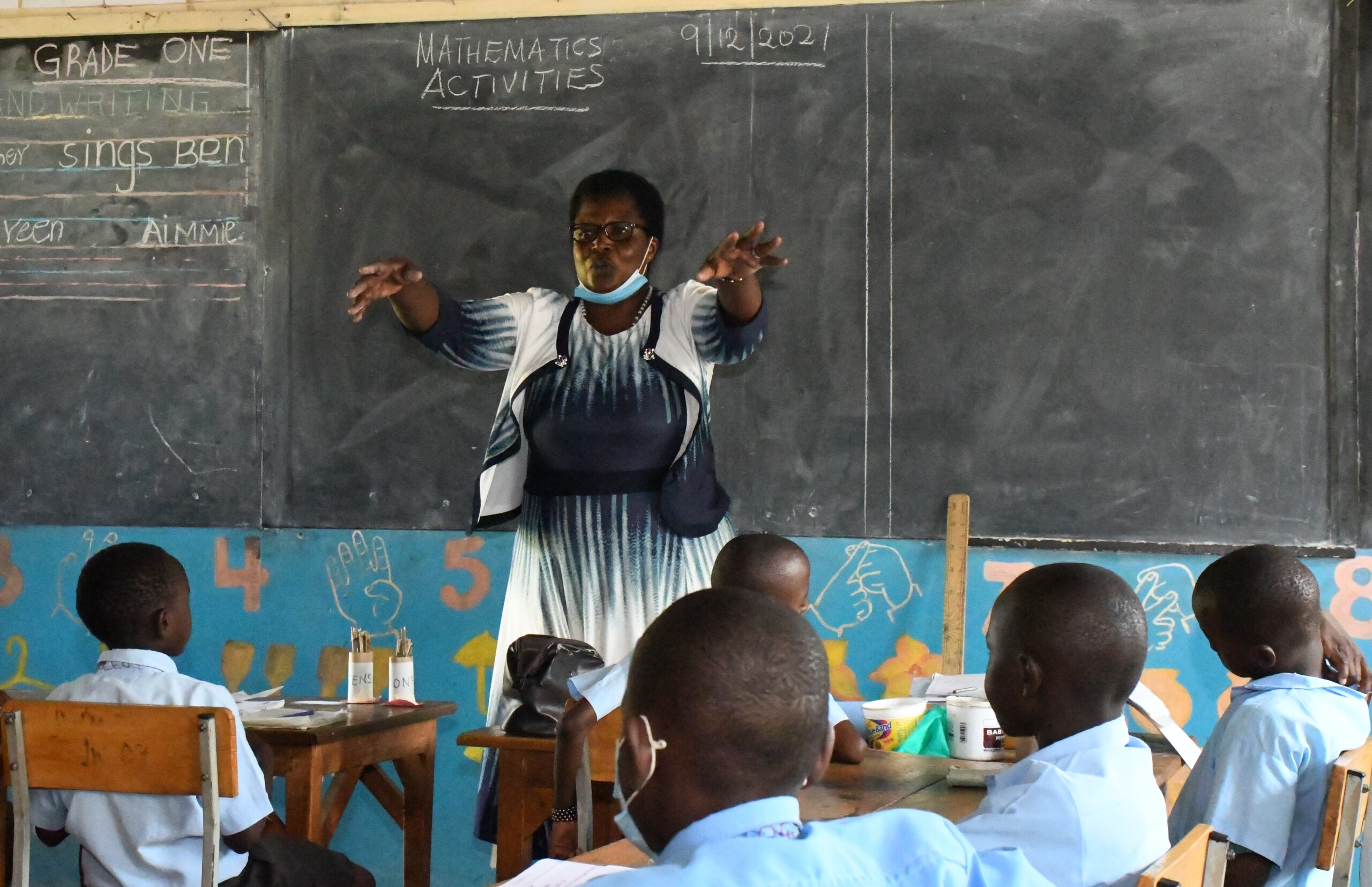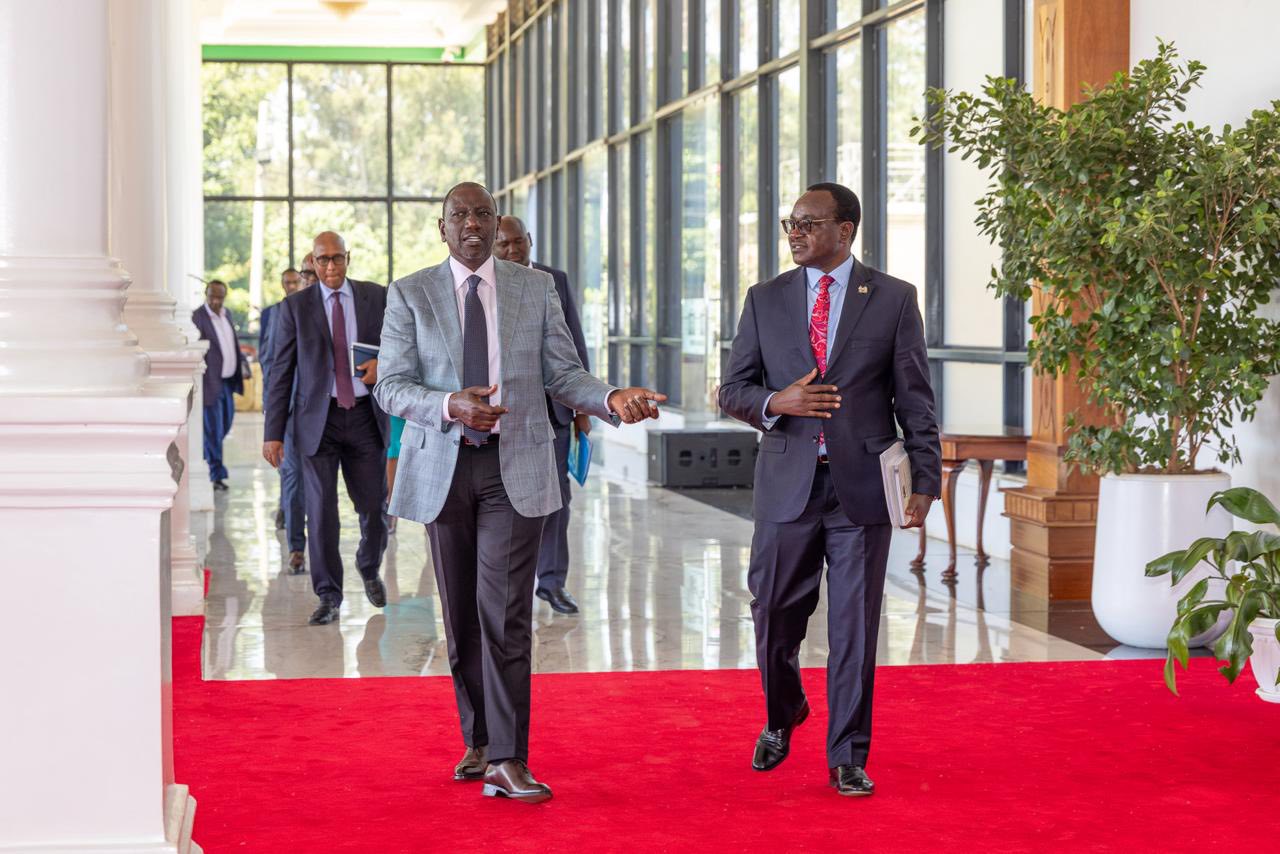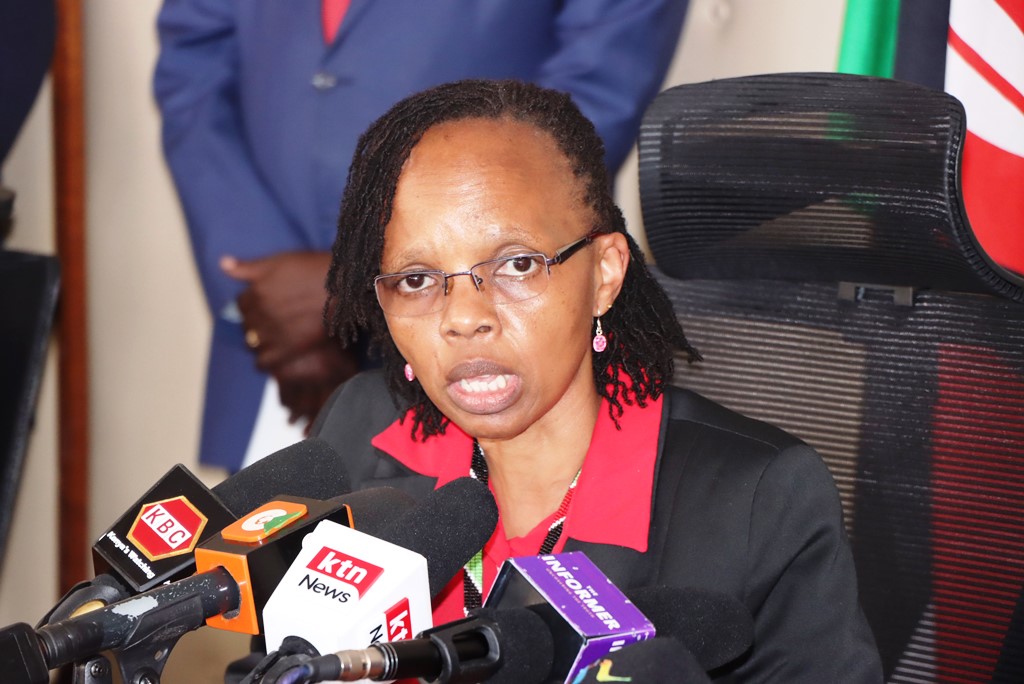By Roy Hezron
The results and performance in Grades 4, 5 and 6 for the formative assessments which have been conducted by Kenya National Examination Council (KNEC) at different points will play a big role in determining the placement of the current pioneer Competency-based Curriculum (CBC) Grade five leaners’ to Junior Secondary Schools (JSS) come January 2023.
According to CBC Taskforce on Enhancing Access, Relevance, Transition, Equity and Quality for Effective Curriculum Reforms Implementation the report reveals that the mode of assessment in upper primary, that is, Grades 4, 5 and 6 will entail a combination of teacher-administered formative assessment which will account for 60 per cent of the total marks.
Formative Assessment is a school-based kind of assessment which starts from Grade 4 to 6 for the case of Upper Primary (and runs to Grade 12) whereby KNEC develops and uploads the tools for this kind of assessment on its website, and teachers are expected to download the tools from the website administers them to learners and finally upload the results to KNEC portal.
“Assessment in Upper Primary will align to a policy governing the balance between formative and summative to assess comprehensively the mastery of multifarious competencies of different learners as well as facilitate placement of learners in Junior Secondary School,” reads the report of the taskforce which was chaired Prof. Fatuma Chege.
In formative kind of assessment, leaners are assessed at each of the Upper Primary grades to track their learning progress ahead of the National Assessment at Grade 6 referred to as a summative assessment.
This implies that the current Grade 5 leaners are expected to sit for their summative assessment which will be administered by KNEC this November 2022, and will account for the remaining 40 per cent of the total score.
This will now mark the end of the primary education cycle under the new 2-6-6-3 education system. Performance of the learners at this level and their interests will be used to place them in JSS at Grade 7 in January 2023.
“The summative assessment is prompted by the need to allow learners from across the country to access schools which have superior infrastructure and a culture of good performance, thus enhancing equity,” adds the taskforce report.
The learners will sit for their national assessment by KNEC at Grade 9 in 2025 where they will formerly be completing JSS, and their scores and preferences being used for placement in Senior Secondary School (SSS) at Grade 10 in 2026 where they will follow one of their preferred career pathways.
Push and Pull over JSS
According to Chege report, the JSS Grades 7, 8 and 9 will be domiciled in the Secondary Schools since it is JSS that learners will need to deepen their understanding of the broad CBC curriculum and choose the Pathways and Tracks to follow in SSS.
The Chege-led team argued that the Primary School level lacks capacity, both in human resource and infrastructure (especially for teaching sciences), to facilitate the expected depth of engagement with the JSS CBC content.
Further, domiciling JSS at Secondary School level will optimize teacher utilization as they will teach at both Junior and Senior Secondary school levels, a recommendation that is aligned to other countries within the East African Community and international best practices.
However, the taskforce made provisions for primary schools that have adequate infrastructure to establish a JSS and for this case, develop a framework to facilitate sharing and management of infrastructure among primary and secondary schools that will be established in the same compound.
The taskforce also recommended merger of under-enrolled primary schools, in close proximity, and improve the infrastructure in one to create a JSS; and review the Secondary Education Placement guidelines to provide clear criteria, including the use of assessments for placement of learners in JSS.
Last year December, over 8,000 teachers during the Kenya Primary School Head Teachers’ Association (KEPSHA) annual conference resolved to push to have grades 7, 8, and 9 domiciled in primary schools noting that they have the capacity to oversee the JSS.
Their proposal came after the Teachers Service Commission (TSC) appears to place a caveat on primary school teachers, who can be promoted to teach in secondary schools whereby the Commission maintained that only teachers who scored a mean grade of C+ in the Kenya Certificate for Secondary Examination (KCSE) would be promoted to teach in secondary schools, even if they were degree holders.
This ordinarily blocked thousands of teachers, who scored below the C+ in the KCSE but followed the path of diploma to acquire degree and master’s degrees.
The taskforce further recommended establishment of a multi-agency transition Committees at the National, County and Sub-County levels for effective transition and placement of learners from Primary to JSS, and develop a national school transport policy as well as facilitate establishment of pooled school transport system, where possible, to enhance day schooling.
On policies and regulations, the taskforce recommended that regulations should be made that have provisions for schools to run different options to implement the structure of basic education.
Subjects for JSS
According to KICD’s Basic Education Curriculum Framework, the subjects that will be taught at JSS will be categorized into two; core and optional subjects.
At this level, a broad based curriculum is offered to enable learners to explore their own interests and potential as a basis for choosing subjects according to career paths of interest at SSS.
Learners will be required to take 12 core subjects which are English, Kiswahili or Kenyan Sign Language, Mathematics, Integrated Science, Health Education, Pre-Technical and Pre-Career Education, Social Studies, Religious Education (where learners will choose from either Christian, Islamic, or Hindu Religious Education), Business Studies, Agriculture, Life Skills, and Sports and Physical Education; with Information and Communication Technology (ICT) being a tool for delivery for all subjects.
On Optional Subjects, learners are provided with an opportunity to choose a minimum of one and a maximum of two subjects according to personality, abilities, interests and career choices from Visual Arts, Performing Arts, Home Science, Computer Science, Foreign Languages (German, French, Mandarin or Arabic), Kenyan Sign Language and Indigenous Languages.
Tuition facilities in JSS
According to the new guidelines on the registration of basic education institutions released by the Ministry of Education last year, Classrooms in JSS will accommodate a maximum of 45 leaners while for learners in Special Schools taking regular curriculum with adaptations, the total number of learners per class or room shall be a maximum of 12 for Hearing Impaired, 10 Visually Impaired, 20 Physically Impaired, 10 Cerebral Palsy, and 5 Mild Autism.
They will also be required to have relevantly equipped Science Laboratory, Workshop, Art and Craft room, Library, Computer laboratory, Home Science room, Language room, Music room and Agriculture workshop each accommodating a maximum of 45 learners; and Agriculture demonstration plots whereby 1 plot should measure at least 4metres by 3metres per group of 15 learners.
In addition, they will be required to have Playgrounds or fields for ball games activities which will include soccer, rugby, netball, handball, hockey, basketball and volleyball; Racket Games which will include lawn tennis, badminton, table tennis; and Athletics, whose dimensions may vary at the international level and which will apply in all Physical Education (PE) facilities.
They will also be required to fit games storage room, Water point whereby only one (1) tap will be required to serve only 25 learners.
However, facilities like swimming pools, gymnasiums and gymnastic rooms, health rooms, wrestling rooms, changing rooms will all be optional for an institution to have.






